Sales enablement – a strategic, collaborative discipline, designed to add value to customer interactions and improve predictable sales results – is a business function that has grown rapidly over the past few years. In fact, when CSO Insights began its annual Sales Enablement Optimization Study in 2013, just 19.3 percent of organisations had a dedicated enablement function or programme, and that figure reached 59.2 percent in 2017.
In the end, sales enablement is about ensuring that salespeople, marketing staff, customer service reps and business leaders all understand how they can help meet customer expectations and maximize the amount of revenue the organization generates. In this article, we look more closely at the role that integration plays in enablement and explain some of the steps organizations can take to align sales, marketing, and customer service.
Setting Shared Objectives
For an enablement strategy to work, it is important to understand that, while different departments will have different individual aims and objectives, the primary objective of the sales organization is to maximize sales effectiveness, help customers and improve sales results. Ultimately, for sales enablement to be successful, the individual departments need to share those objectives and understand the role that they play in helping to achieve them.
This means that sales reps need to be equipped with the skills and knowledge to maximize success, the customer service staff needs to adopt best practices to deal with problems quickly and keep customers happy, and the marketing department needs to generate interest in the organization and highlight the company’s merits. Enablement leaders must then ensure all of those things happen, but that departments never lose sight of the core objectives.
“One of the major reasons sales enablement is so challenging is due to interdepartmental misalignment and a lack of ownership for enablement initiatives,” says Alyssa Drury, writing for Seismic. “Marketing plays an integral role… but it is often thought of as a sales responsibility, causing tension between the two departments. This alignment is [also] impossible if marketers aren’t thinking about how they support the sales force.”
Connecting Sales Coaching
While it is far from the whole story, a significant part of sales enablement is sufficiently training and coaching sales staff, so that they can carry out their role to the best of their ability. However, this requires integration, because sales reps need to be taught how to make use of content created by the marketing department and how to make use of CRM software, which links with the customer service department.
For sales leaders to achieve this, it is best to formally align their sales coaching and sales training processes to their sales enablement framework, so that all aspects are covered.
Yet, according to the CSO Insights 2017 Sales Enablement Optimization Study, only 11.3 percent of organizations have a dynamic coaching process in place, where their sales coaching efforts are connected to their enablement framework. Nevertheless, when this does occur, average win rates stand at 66.1 percent, compared to the average win rate of 51.8 percent, representing a 27.6 percent improvement.
What this demonstrates quite neatly is that an integrated sales enablement strategy pays off in terms of enhancing sales effectiveness and improving business results. However, it requires leaders within the organization to take the time to connect coaching frameworks to enablement frameworks. Additionally, it is imperative that organisations take the time to equip sales managers with the skills to carry out that coaching.
In addition to coaching, the use of solutions to automate processes for sales staff, like Lead Liaison’s Sales Enablement solution for prospecting, free’s up Reps time to be focussed on the activities that they can really add value to.
Establishing Buyer Personas
Finally, one of the best ways to make sure different departments are integrated with one another and on the same page when it comes to sales enablement is to establish buying personas. Essentially, these are generalised representations of your sales organisation’s customers, and these can be used to teach staff about why customers choose to buy your products, services or solutions and what affects their decision throughout the customer journey.
These buyer personas should be based on real research and the actual customers you attract and want to attract. Once credible buyer personas have been drawn up, these should be shared with all departments, so they can all gain a deeper insight into the different stages of the customer journey and better understand the role that their particular department plays in bringing a customer closer to making the decision to purchase.
“Essentially, a company must establish a buyer persona and then share that persona with all key players in marketing and sales,” explains David Reimherr, a content marketing expert and the founder of Magnificent Marketing, in an article written for Social Media Explorer. “That allows people to understand the stages of where their customers go for answers, what influences them to buy, and so on.”
Moreover, the marketing department and customer service department need to consider how they can help reps to improve their sales effectiveness. This may mean creating higher quality content, which is more likely to appeal to customers, or sharing customer information through CRM software, which could be used to make sales more likely.
Author Bio:
Monika Götzmann is the EMEA Marketing Director of Miller Heiman Group, a global sales consulting firm, helping organizations to create effective sales enablement strategies. Culturally savvy, she has years of international experience in B2B marketing on behalf of dynamic, world-class enterprises. She likes to share her insights achieving sales effectiveness.
To learn more about Lead Liaison’s solution for Sales Enablement as a strategy, click here.

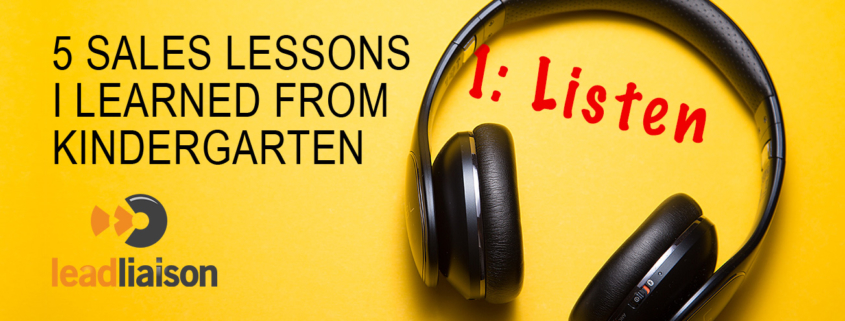
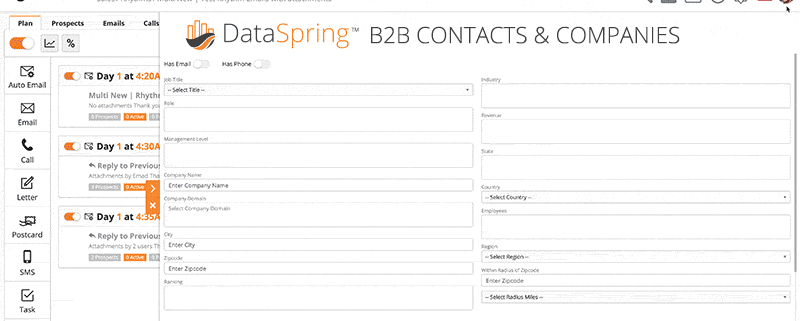
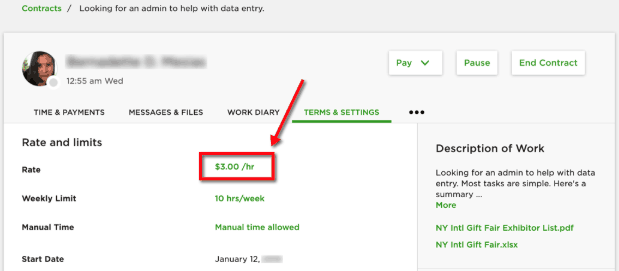
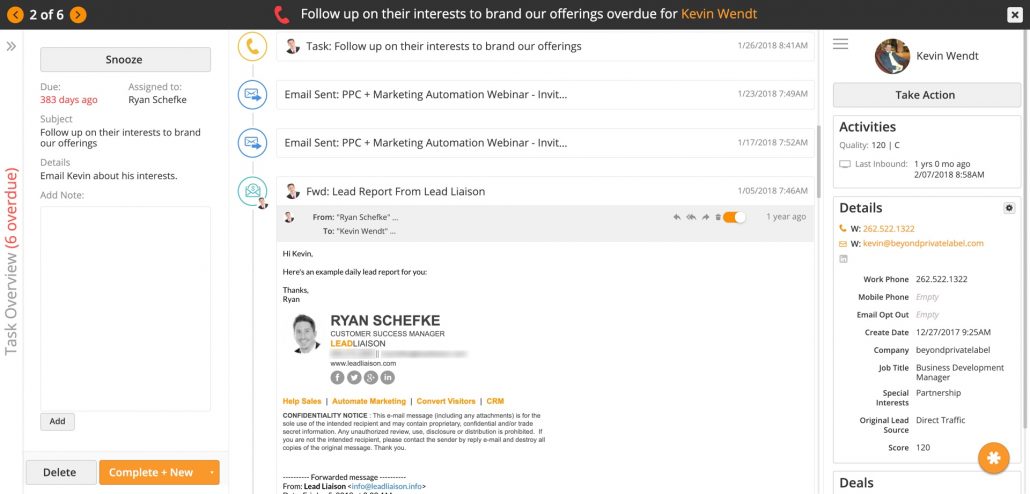
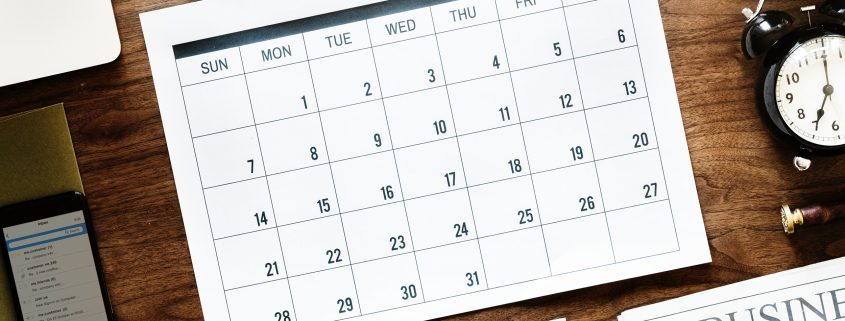

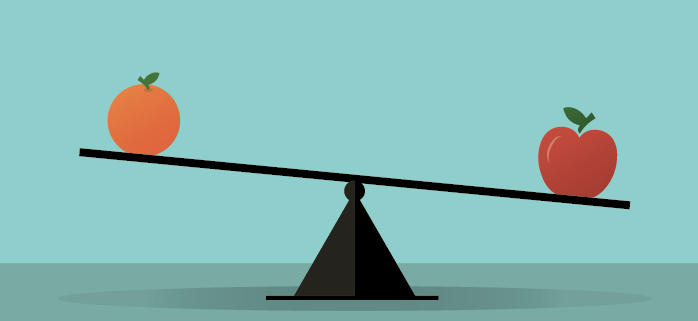
 What’s the difference between marketing automation and sales enablement? On the surface, the two solutions seem very similar; however, they serve different purposes. In this article we’ll compare and contrast marketing automation with sales enablement.
What’s the difference between marketing automation and sales enablement? On the surface, the two solutions seem very similar; however, they serve different purposes. In this article we’ll compare and contrast marketing automation with sales enablement. 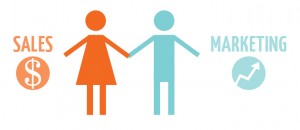
 Dynamic content can be
Dynamic content can be 


